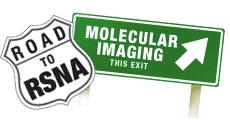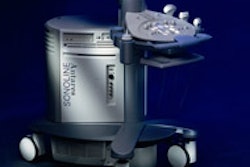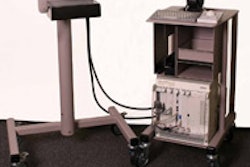Molecular imaging continued its brisk rate of growth in 2004, with U.S. procedure volume in PET imaging set to rise 35% by year-end to about 900,000 studies, compared to the 650,000 procedures performed last year. PET proponents, led by the Academy of Molecular Imaging and the Society of Nuclear Medicine, waged a vigorous campaign for expanded clinical applications and increased insurance reimbursement for the modality.

Their efforts were largely successful in 2004, with the Centers for Medicare and Medicaid Services (CMS) in September approving Medicare reimbursement for PET studies in patients suspected of having Alzheimer's disease. Earlier this month CMS also approved a new indication, initial staging of cervical cancer when conventional imaging is negative.
But November brought mixed news for PET advocates, when Medicare settled on the lesser of two evils in considering a proposed reduction in 2005 reimbursement for PET scans and FDG doses in its Hospital Outpatient Prospective Payment System (HOPPS).
The agency had been considering the option of paying less than $900 per scan in 2005 (down 38% from the 2004 rate of $1,450), but ultimately decided on a reimbursement rate of $1,150 for PET and $221.11 per FDG dose. The FDG rate is more than a 30% drop from the 2004 rate of $324.48 per dose, however.
At this year's RSNA show, gains and losses on the political and clinical fronts for PET will take a backseat to a new variety of devices, applications, and services geared toward expanding molecular imaging's capabilities.
New micro CT scanners will be unveiled for research and development initiatives in small-animal imaging models. PET/CT devices have been optimized for higher count rates, as well as configured for upgrading dedicated PET systems.
A positron emission mammography unit and a dedicated compact PET scanner for breast imaging will be spotlighted in the technical exhibits, as will new nuclear gamma cameras and a collection of software offerings designed to enhance integration, imaging, and interoperability with other imaging modalities and clinical disciplines.
In addition, a dedicated PET scanner optimized for cardiac imaging, new SPECT/CT devices, and works-in-progress will be highlights of RSNA 2004. Integrated software applications for image analysis, PET education and marketing, and practice management will also be showcased.
To find out more about what's in store for molecular imaging at this year's RSNA show, click on the links below.




















